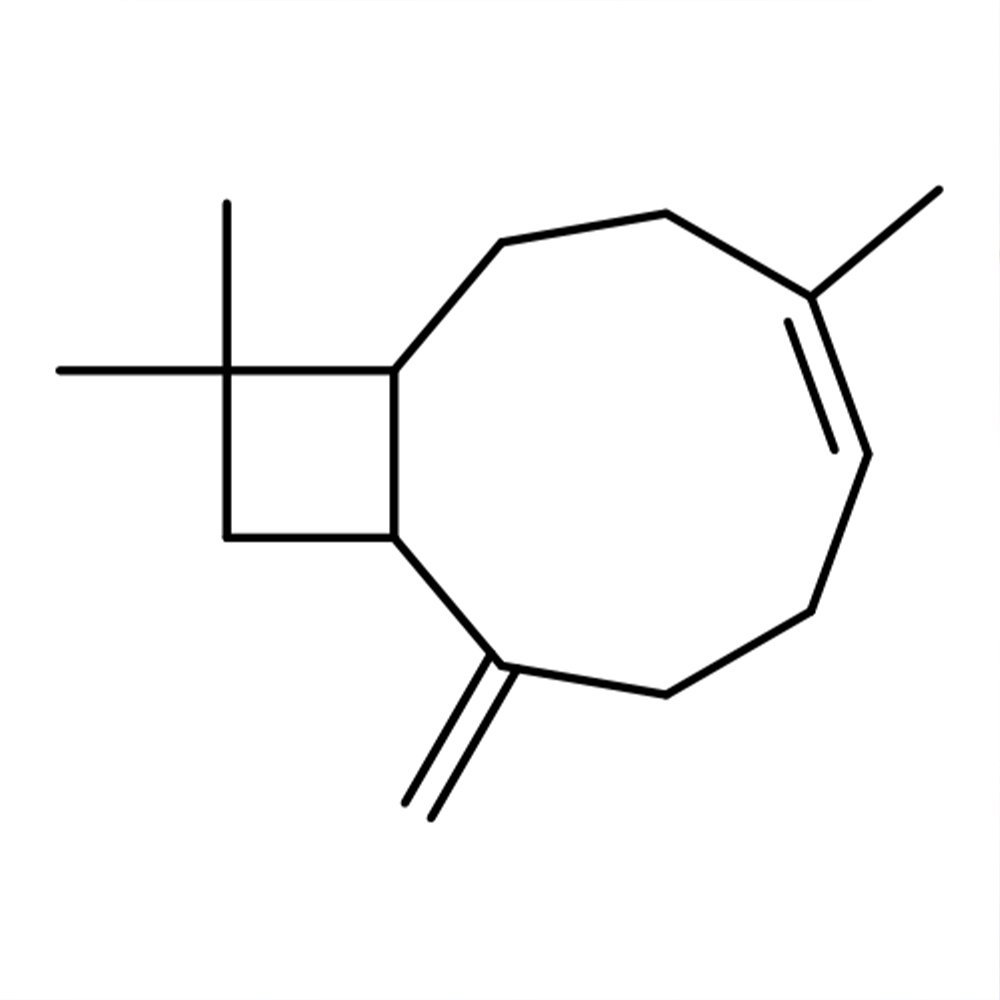 Image 1 of 2
Image 1 of 2

 Image 2 of 2
Image 2 of 2



Cinnamon Oil
Premium Natural Ingredient for Perfumery
Cinnamon Oil is a high-grade natural essential oil distilled from the inner bark of Cinnamomum zeylanicum, prized for its warm, sweet-spicy character with a dry, powdery finish and fruity top nuances. Compared to standard cinnamon oils, this material exhibits significantly higher olfactory potency and lasting power, making it ideal for complex artistic perfumery compositions. Its richness and natural warmth make it a foundational note in Oriental and spicy accords, where even fractional use induces remarkable diffusion and radiance.
Premium Natural Ingredient for Perfumery
Cinnamon Oil is a high-grade natural essential oil distilled from the inner bark of Cinnamomum zeylanicum, prized for its warm, sweet-spicy character with a dry, powdery finish and fruity top nuances. Compared to standard cinnamon oils, this material exhibits significantly higher olfactory potency and lasting power, making it ideal for complex artistic perfumery compositions. Its richness and natural warmth make it a foundational note in Oriental and spicy accords, where even fractional use induces remarkable diffusion and radiance.
Premium Natural Ingredient for Perfumery
Cinnamon Oil is a high-grade natural essential oil distilled from the inner bark of Cinnamomum zeylanicum, prized for its warm, sweet-spicy character with a dry, powdery finish and fruity top nuances. Compared to standard cinnamon oils, this material exhibits significantly higher olfactory potency and lasting power, making it ideal for complex artistic perfumery compositions. Its richness and natural warmth make it a foundational note in Oriental and spicy accords, where even fractional use induces remarkable diffusion and radiance.
Natural Ingredient Overview
🌎 Origin — Various (distilled in Europe, Sri Lanka, India)
🔎 Botanical Name — Cinnamomum zeylanicum (syn. Cinnamomum verum)
📂 CAS N° — 8015-91-6
📘 FEMA — 2291
🧪 Extraction Method — Steam distillation of dried inner bark (shoots of coppiced bushes)
⚖️ MW — Not applicable (complex mixture)
📝 Odor Type — Warm-Spicy / Sweet / Dry
📈 Odor Strength — High; long-lasting, very diffusive
👃🏼 Odor Profile — Sweet, warm, spicy with dry powdery-dusty undertones and slight fruity top notes
⚗️ Uses — Fine fragrance (oriental, woody, spicy), masking agent, flavoring, antiseptic blends
🧴 Appearance — Pale to dark yellow or brownish-yellow oily liquid
What is Cinnamon Bark Oil?
Ceylon Cinnamon Bark Oil is the steam-distilled essential oil derived from the bark of cultivated Cinnamomum zeylanicum, primarily grown in Sri Lanka, India, and Southeast Asia. Distillation typically occurs from the coppiced inner bark of young shoots, yielding an aromatic oil highly regarded for its tenacity, complexity, and warmth. Superior grades are often produced in Europe using enhanced distillation methods that recover aromatic water-soluble fractions, which are lost in standard practices.
This oil stands out for its ability to deliver olfactory intensity at extremely low dosages, a trait essential to niche and high-end perfumery where depth, diffusion, and texture are critical.
Olfactory Profile and Perfumery Applications
Ceylon Cinnamon Bark Oil has a multi-dimensional profile:
Top Notes: Mild fruity-fresh lift
Heart: Sweet, warm-spicy cinnamon core
Drydown: Persistent dry, powdery, slightly dusty warmth
The diffusion and radiance of the oil make it especially useful in:
Oriental and spicy perfumes, blended with olibanum, resins, clove, and amber
Woody-floral blends, where it adds heat and lift to florals like jasmine or ylang-ylang
Classic fougère and chypre bases, with oakmoss, patchouli, and coumarin
Flavor-inspired fragrances, including cola and spice accords
Industrial and Flavor Uses
Flavor applications: Widely used in baked goods, candies, toothpastes, and beverages
Functional products: Acts as a masking agent for pharmaceutical and medicinal flavors
Coca-Cola type formulations: Cinnamon is a signature component, blended with citrus and herbal bases
Pharmaceuticals: Known for its natural antiseptic activity, used in tinctures and gargles
Its high masking power and sweet-spicy effect make it ideal for improving taste profiles in both food and oral hygiene formulations.
Chemistry and Composition
Key constituents of Ceylon Cinnamon Bark Oil:
Cinnamaldehyde — Dominant component responsible for characteristic spicy sweetness
Eugenol and acetoeugenol — Contribute warmth and clove-like nuances
Cinnamyl alcohol, cinnamic acid, and methyl-n-amyl ketone — Trace elements adding diffusion and drydown depth
⚠️ Note: The content of acetoeugenol varies significantly depending on the distillation method; steam distillationreduces acetoeugenol more than water distillation, which retains more delicate aromatics. Oleoresins may offer a fuller profile.
Adulteration and Market Integrity
Ceylon Cinnamon Bark Oil is frequently adulterated with:
Synthetic cinnamaldehyde
Cinnamon leaf oil
Clove leaf oil or eugenol
Canella bark oil
⚠️ Authenticity is best verified through organoleptic evaluation and cost traceability. Genuine oil cost reflects 120–150× the bark's price, plus distillation overhead. Oils offered significantly below that threshold are typically cut or synthetic blends.
Regulatory and Safety Overview
IFRA Status — Use restricted in leave-on products due to sensitization potential of cinnamaldehyde and eugenol
EU Allergen Declaration — Required if allergens exceed threshold limits
FEMA GRAS — Approved for flavor use under FEMA 2291
REACH Registration — Not applicable as a single compound (natural complex mixture)
Phototoxicity — Not classified as phototoxic
Flash Point — ~72°C
Storage — Store in airtight, dark containers at 5–15°C for optimal stability
Sources
Perfume and Flavor Materials of Natural Origin, S. Arctander (1961)
Fulvio Ciccolo, Scentspiracy Research Team (2021)
IFRA Standards Documentation
Formulation Stability Testing Notes – Scentspiracy Studio (2024)
Perfumery Raw Materials Handbook, Internal Training (2023)




